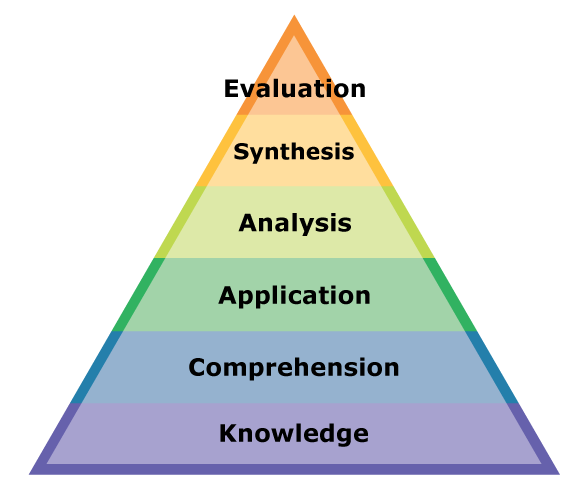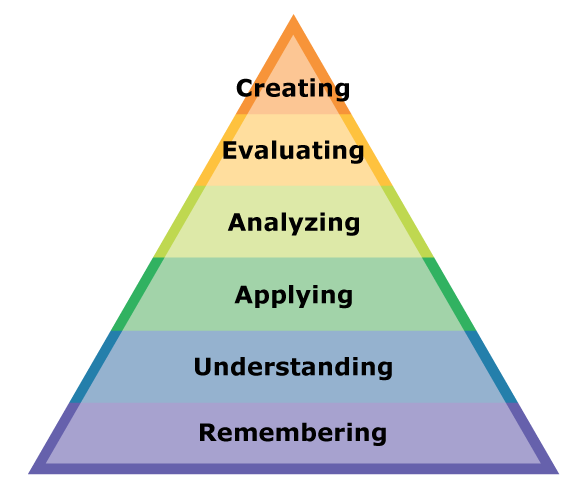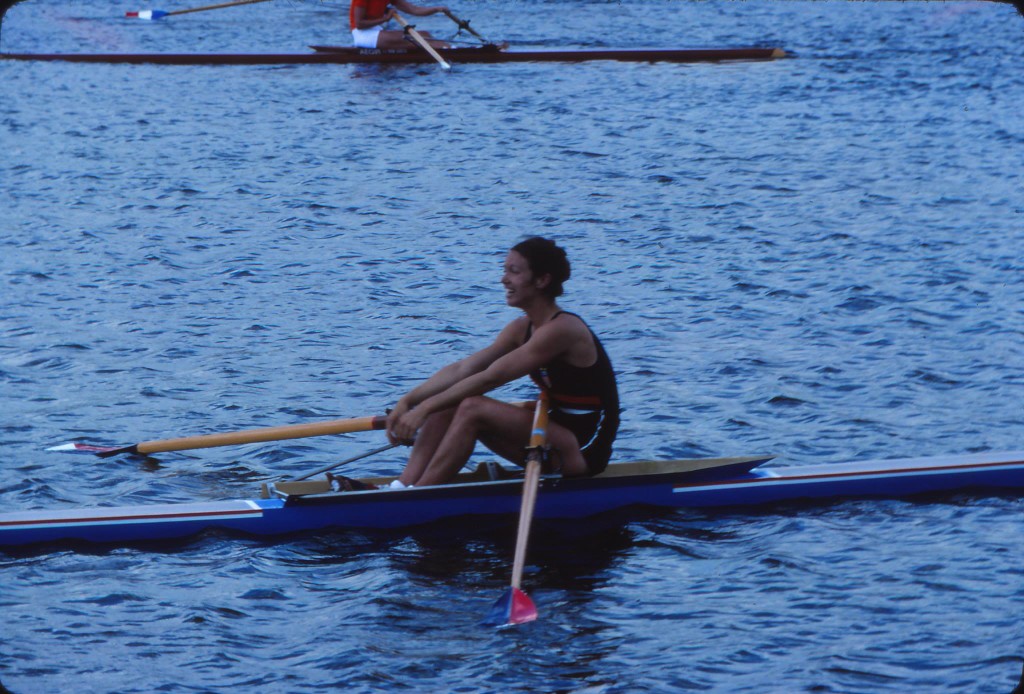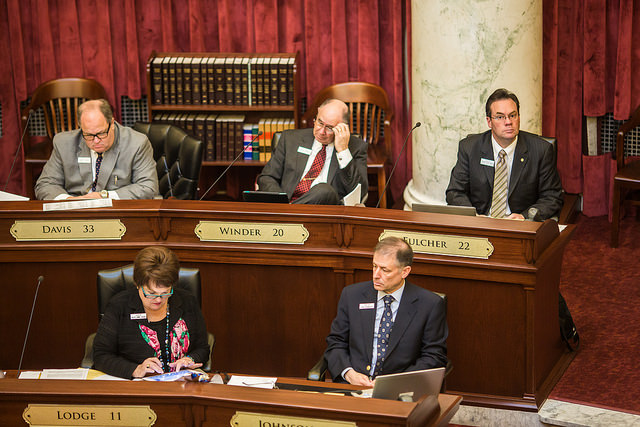You can have Trump’s Old West fun times or Clinton’s new frontier. Spoiler alert: One ends badly for most of us.
I’ve become an avid watcher of the new HBO series Westworld. The show takes place in a “Wild West” theme park that sprawls across miles of what appears to be the American southwest. Wealthy guests visit the park to live out their fantasies — from sex to bounty hunting to murder — with the “hosts,” cyborgs who have largely moved beyond the uncanny valley and seem genuinely human.
Westworld’s viewers become acquainted not only with the hosts and guests, but also with the people who run the park — the programmers, roboticists, scriptwriters, management, and one of its founders. The park’s staff craft intricate, interwoven story loops through which the hosts run; the rancher’s daughter, for example, visits town each morning, interacts with guests and hosts, and returns each night to almost inevitably fall prey, with her family, to homicidal rapists. The prostitutes in the saloon charm guests until they die in an armed robbery.
Guests insert themselves into these stories, as literal black- or white-hat characters, saving hosts’ lives or taking them. As the guests sleep each night, the park staff repair the hosts and wipe their memory before setting them back on their narrative loops.
Every once in a while, however, through a glitch (or feature?) in her programming, hosts flash back to previous trauma. Sometimes these memories manifest as nightmares, but increasingly the hosts’ flashbacks happen during the day. Occasionally an external stimulus causes the hosts to short-circuit; in one case, a rancher finds, half-buried in the dirt, a photo of a woman on the street of a modern city. He cannot comprehend this woman.
Throughout Westworld, we see men gaslighting women: the park’s programmers ensure the cyborg women question their own memories, and men on the staff try to persuade two human women that their perspectives — including things they have observed — are not valid. According to these men, the explanatory narratives the women employees have crafted for themselves as they seek to understand the park and its hosts lack the proper perspective.





